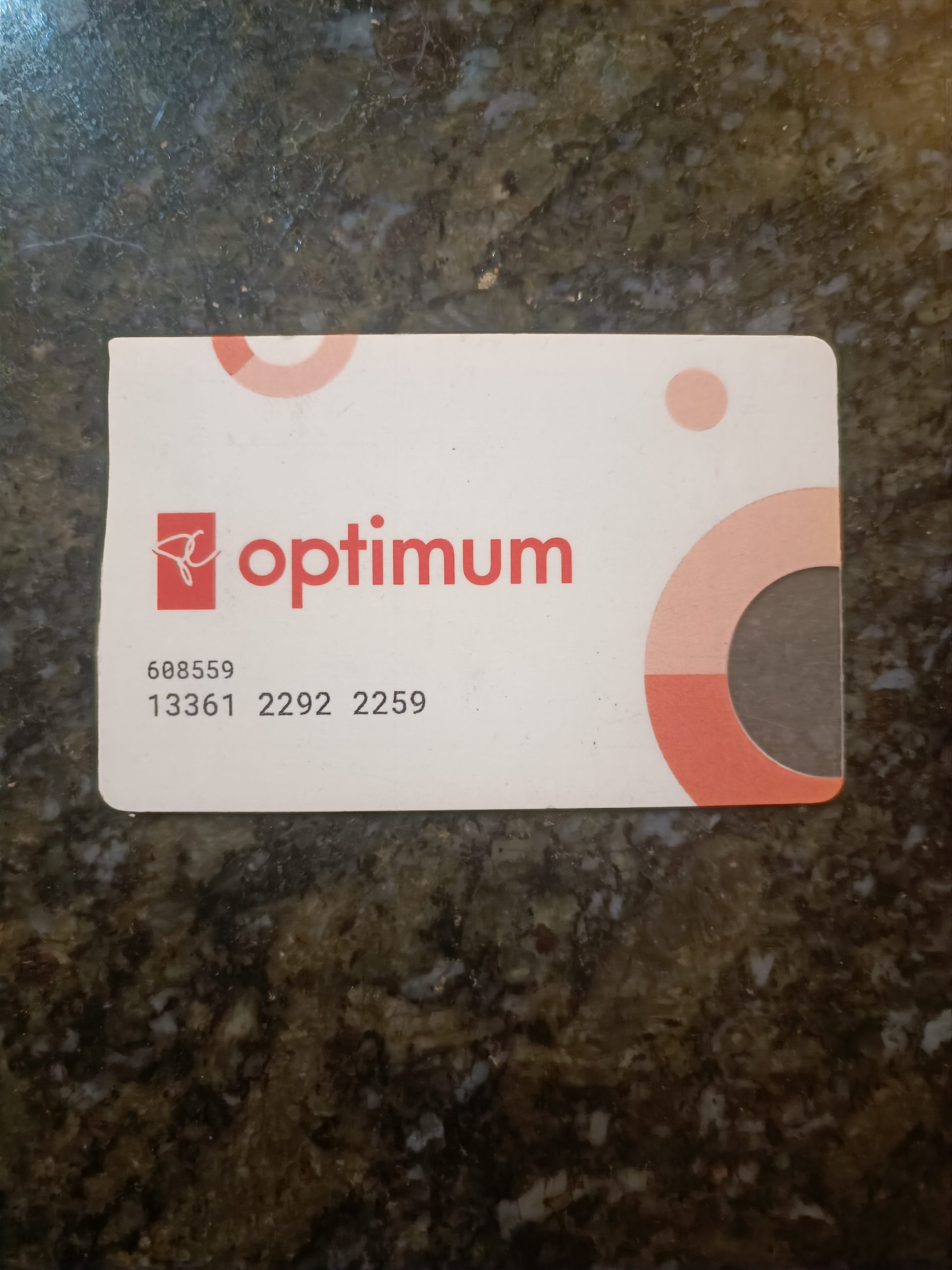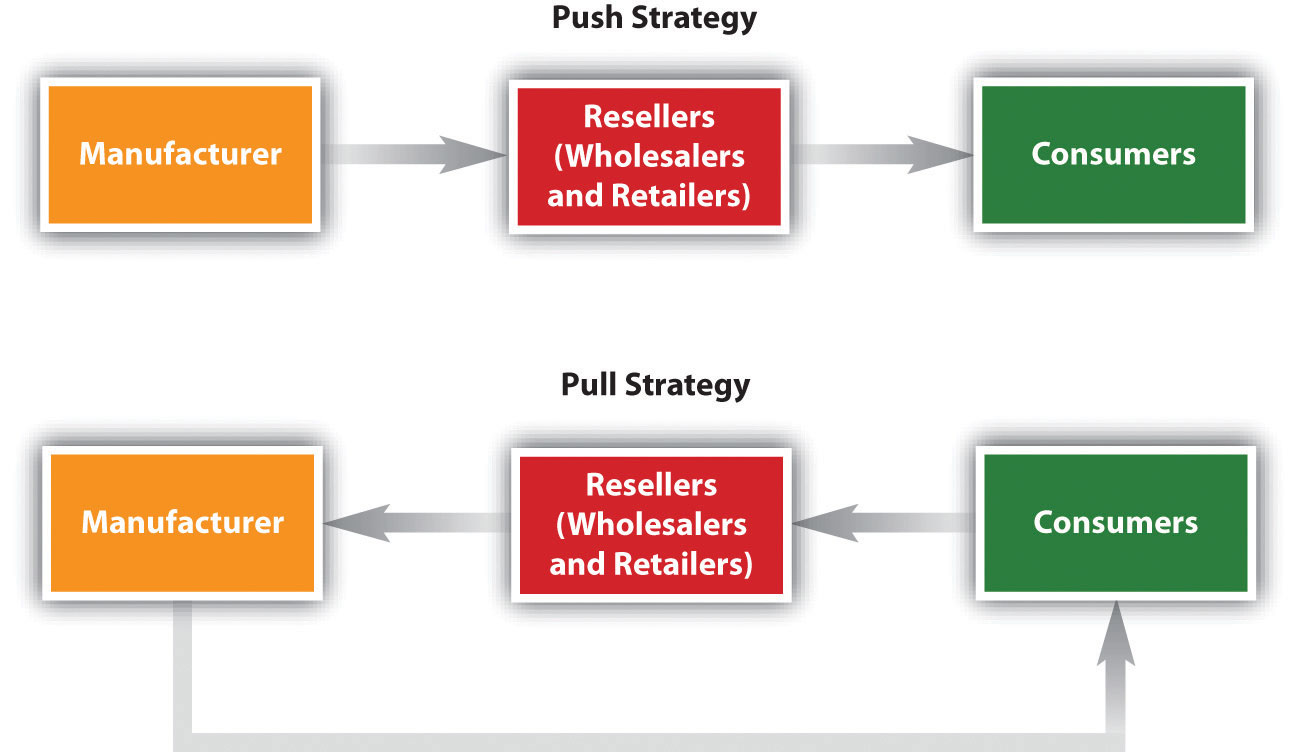Chapter 10: Promotion (Integrated Marketing Communications)
10.6 Sales Promotions
Learning Objectives
- Learn about different types of sales promotions companies use to get customers to buy their products.
- Understand the different types of sales promotions companies use with their business customers.
- Understand why sales promotions have become such an integral part of an organization’s promotion mix.
- Differentiate between push and pull strategies.
Sales promotions are activities that supplement a company’s advertising, PR, and professional selling efforts. They create incentives for customers to buy products more quickly and make larger purchases. Sales promotions are often temporary, but when the economy is weak, sales promotions become even more popular for consumers and are used more frequently by organizations.
Consumer Sales Promotions
Samples, coupons, premiums, contests, and rebates are examples of consumer sales promotions. Do you like free samples? Most people do. A free sample allows consumers to try a small amount of a product so that hopefully they will purchase it. The strategy encourages interaction with a product and builds awareness. You have probably purchased a product that included a small free sample with it—for example, a small amount of conditioner packaged with your shampoo. Have you ever gone to a store, like Costco, that provided free samples of different food items? Although sampling is an expensive strategy, it is usually very effective for food products. People try the product, and the person providing the sample tells them about the product and mentions any special prices for it.
In many retail grocery stores, coupons are given to consumers with the samples. Coupons provide an immediate price reduction off an item. The amount of the coupon is later reimbursed to the retailer by the manufacturer. The retailer gets a handling fee for accepting coupons. When the economy is weak, more consumers cut out coupons and look for special bargains such as double coupons and buy-one-get-one-free coupons. They may also buy more store brands.

While many consumers cut coupons from flyers, other consumers find coupons online or on their cell phones. Point-of-purchase displays, including coupon machines placed next to products in stores, encourage consumers to buy a brand or product immediately. When a consumer sees a special display or can get a coupon instantly, manufacturers hope the sales promotion will increase sales. Stores may also provide coupons for customers with loyalty cards to encourage them to select particular brands and products.
Mobile marketing and the Internet provide consumers in international markets access to coupons and other promotions. In India, the majority of coupons used are digital, while paper coupons have the largest share in the United States. Over 80 percent of diapers are purchased with coupons; imagine how much easier and less wasteful digital coupons scanned from a mobile phone are for both organizations and consumers.
Other sales promotions may be conducted online and include incentives such as free items, free shipping, coupons, and sweepstakes. For example, many online merchants offer free shipping and free return shipping to encourage consumers to shop online. Some firms have found that the response they get to their online sales promotions is better than the response they get to traditional sales promotions.
Another popular sales promotion for consumers is a premium. A premium is something you get either for free or for a small shipping and handling charge with your proof of purchase (sales receipt or part of package). Remember wanting your favourite cereal because there was a toy in the box? The toy is an example of a premium. Sometimes you might have to mail in a certain number of proofs of purchase to get a premium. The purpose of a premium is to motivate you to buy a product multiple times. What many people don’t realize is that when they pay the shipping and handling charges, they may also be paying for the premium.
Contests or sweepstakes also attract a lot of people. Contests are sales promotions people enter or participate in to have a chance to win a prize. Roll up the Rim at Tim Horton’s and the Monopoly Game at McDonald’s are both examples. The organization that conducts the sweepstakes or contest hopes you will not only enter its contest but buy more food when you do.
Video 10.9. Tim Hortons roll up the rim to win tv ad 2021 on LittleKiwiLovesBauhaus.
As with other sales promotion tools, the idea is to get you to buy a product and more specifically to make repeat purchases.
Loyalty programs are sales promotions designed to get repeat business. Loyalty programs include things such as frequent flier programs, hotel programs, and shopping cards for grocery stores, drugstores, and restaurants. Sometimes, point systems are used in conjunction with loyalty programs. After you accumulate so many miles or points, an organization might provide you with a special incentive such as a free flight, free hotel room, or free sandwich. Many loyalty programs, especially those used by hotels and airlines, have partners to give consumers more ways to accumulate and use miles and points.

Rebates are popular with both consumers and the manufacturers that provide them. When you get a rebate, you are refunded part (or all) of the purchase price of a product after completing a form and sending it to the manufacturer with your proof of purchase. The trick is completing the paperwork on time. Although different types of sales promotions work best for different organizations, rebates are very profitable for companies because many consumers forget or wait too long to send in their rebate forms. Consequently, they do not get any money back. Rebates sound great to consumers until they forget to send them back.
Sales contests, which are often held by manufacturers or vendors, provide incentives for salespeople to increase their sales. Often, the contests focus on selling higher-profit or slow-moving products. The sales representative with the most sales of the product wins a prize such as a free vacation, company recognition, or cash.
Trade allowances give channel partners—for example, a manufacturer’s wholesalers, distributors, retailers, and so forth—different incentives to push a product. One type of trade allowance is an advertising allowance (money) to advertise a seller’s products in local newspapers. An advertising allowance benefits both the manufacturer and the retailer. Typically, the retailer can get a lower rate than manufacturers on advertising in local outlets, which saves the manufacturer money. The retailer benefits by getting an allowance from the manufacturer.
Another sales promotion that manufacturers, such as those in the tool or high-tech industries, offer businesses is training to help their salespeople understand how the manufacturers’ products work and how consumers can be enticed to buy them. Many manufacturers also provide in-store product demonstrations to show a channel partner’s customers how products work and answer any questions they might have. Demonstrations of new video game systems and computers are extremely popular and successful in generating sales.
Free merchandise, such as a tool, television, or other product produced by the manufacturer, can also be used to get retailers to sell products to consumers. In other words, a manufacturer of televisions might offer the manager of a retail electronics store a television to push its products. If a certain number of televisions are sold, the manager gets the television. Have you ever been to an electronics store or a furniture store and felt like the salesperson was pushing one particular television or one particular mattress? Perhaps the salesperson was getting push money, or a cash incentive from the manufacturer to push a particular item. The push to sell the item might be because there is a large amount of inventory of it, it is being replaced by a new model, or the product is not selling well. Table 10.1 recaps the different types of sales promotions.
| Consumer Sales Promotions |
|---|
| Coupons |
| Sweepstakes or contests |
| Premiums |
| Rebates |
| Samples |
| Loyalty programs |
| Point-of-purchase displays |
Push versus Pull Strategy
Businesses must also decide whether to use a push strategy, a pull strategy, or both push and pull strategies. A push strategy involves promoting a product to businesses (middlemen), such as wholesalers and retailers, who then push the product through the channel promoting it to final consumers. Manufacturers may set up displays in retail outlets for new products or provide incentives such as price discounts to the retailer so the retailer can promote or push the product to consumers.
Companies use a pull strategy when they target final consumers with promotions. In other words, a company promotes its products and services to final consumers to pull consumers into the stores or get the consumers asking for the product. When a company sends coupons to its consumers, it hopes the consumers will take the coupons (sales promotion) to the store and buy the product. A manufacturer promotes its new product on television to consumers and places coupons in newspaper inserts in the hopes that consumers will demand the product. Their pull causes wholesalers and retailers to buy the product to try to meet the demand.
Many manufacturers use both a push strategy and a pull strategy to promote their products and services to both final consumers and their trade partners (e.g., retailers and wholesalers). Figure 10.10 shows how a push strategy differs from a pull strategy.

Key Takeaways
Companies use sales promotions to get customers to take action (make purchases) quickly. Sales promotions increase the awareness of products, help introduce new products, and often create interest in the organizations that run the promotions. Coupons, contests, samples, and premiums are among the types of sales promotions aimed at consumers. Trade promotions, or promotions aimed at businesses, include trade shows, sales contests, trade allowances, and push money.
Review and Reflect
- What are the objectives of sales promotions?
- Identify and provide an example of three sales promotion tools targeted at consumers.
- Explain the difference between a push strategy and a pull strategy.
Media Attributions
- Coupon Pile Stock Photo © Carol Pyles is licensed under a CC BY (Attribution) license
- PC optimum card © Justin Wong is licensed under a CC BY (Attribution) license
- A Push versus a Pull Strategy © University of Minnesota Libraries is licensed under a CC BY-NC-SA (Attribution NonCommercial ShareAlike) license
allows consumers to try a small amount of a product so that hopefully they will purchase it
an immediate price reduction off an item
encourage consumers to buy a brand or product immediately
something you get either for free or for a small shipping and handling charge with your proof of purchase
sales promotions people enter or participate in to have a chance to win a prize
sales promotions designed to get repeat business
refunding part (or all) of the purchase price of a product after the buyer completes a form and sends it to the manufacturer with proof of purchase
provide incentives for salespeople to increase their sales
give channel partners different incentives to push a product
a type of trade allowance that applies to advertising
manufacturers helping salespeople understand how the manufacturers’ products work and how consumers can be enticed to buy them
show a channel partner’s customers how products work and answer any questions they might have
product provided by the manufacturer for free to retailers if they sell products to consumers
a cash incentive from the manufacturer to push a particular item
a manufacturer convinces wholesalers, distributors, or retailers to sell its products
creating demand for a product among consumers so that businesses agree to sell the product

